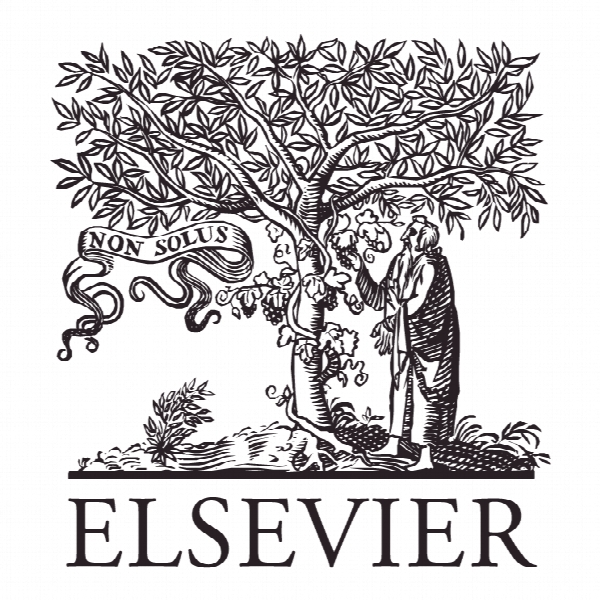فکری که محاسبه میکند: اثرات سطوح مقدماتی و نزدیکی اهدا به پاسخ مصرف کننده در شکل گیری کمک های مالی It’s the thought that counts: The effects of construal level priming and donation proximity on consumer response to donation framing
- نوع فایل : کتاب
- زبان : انگلیسی
- ناشر : Elsevier
- چاپ و سال / کشور: 2017
توضیحات
رشته های مرتبط مدیریت
گرایش های مرتبط مدیریت مالی
مجله تحقیقات بازاریابی – Journal of Business Research
دانشگاه گروه بازاریابی، دانشکده مدیریت، فودان، چین
نشریه نشریه الزویر
گرایش های مرتبط مدیریت مالی
مجله تحقیقات بازاریابی – Journal of Business Research
دانشگاه گروه بازاریابی، دانشکده مدیریت، فودان، چین
نشریه نشریه الزویر
Description
1. Theoretical background 1.1. Corporate donation The topic of corporate donations to charities is part of a larger concept, i.e., corporate social responsibility (CSR). CSR has been defined as a company’s commitment to minimizing any harmful effects on society and maximizing its long-term beneficial impact (Mohr, Webb, & Harris, 2001; Petkus & Woodruff, 1992). Among many possible CSR initiatives, corporate donation to charities is one common way for a company to engage in social responsibility and contribute to its community. A substantial body of research in this area has shown that corporate donations can positively influence consumers’ attitudes and purchase behavior (Arora & Henderson, 2007; Chang, 2008; Nan & Heo, 2007; Pracejus & Olsen, 2004; Pracejus et al., 2003) through dissemination of donation information, cause-brand fit, and consumers’ involvement. Prior work also documents the effects of donation framing (Bolton & Mattila, 2015; Chang, 2008; Koschate-Fischer et al., 2012; Pracejus et al., 2003) on consumer perceptions. To illustrate, prior studies demonstrate that a donation strategy that signals a company’s overall corporate ability or resources, e.g., a larger donation amount as opposed to a smaller amount, leads to more positive consumer evaluations (Chang, 2008; Folse, Niedrich, & Grau, 2010; Pracejus et al., 2003). Folse et al. (2010) further shows that, as long as the donation is not outside the normally accepted or expected donation range stored in persuasion knowledge, greater corporate donation levels should yield more favorable consumer responses as greater donation amounts will elicit consumer inferences that the firm is altruistic and socially responsible. Other studies, however, advocate an alternative donation-framing strategy that emphasizes a corporation’s effort in implementing a CSR campaign (Ellen et al., 2000). This proposition is based on the reasoning that successful corporate philanthropy should be carried out as a long-term effort, as opposed to a short-term campaign (Porter & Kramer, 2002), and the more effort that a firm invests in a CSR campaign, the more it will be perceived as being generous and caring (Ellen et al., 2000). Supporting this notion, Ellen et al. (2000) finds that consumer evaluations are more positive for product donations (i.e. donation of tangible products organized by corporations) relative to cash donations (i.e. monetary donations by corporations), as product donations are perceived as requiring significantly more retailer efforts and logistical expenses than cash donations. Within the CSR context, both strategies to frame donations (abilityversus effort-oriented) hold promise for enhancing the effectiveness of a CSR campaign designed to improve consumer attitudes and behaviors. It is, therefore, imperative to compare these two donation-framing strategies and identify the boundary conditions under which their effectiveness becomes more pronounced. We now continue by reviewing the theoretical underpinnings of these two donation strategies.


